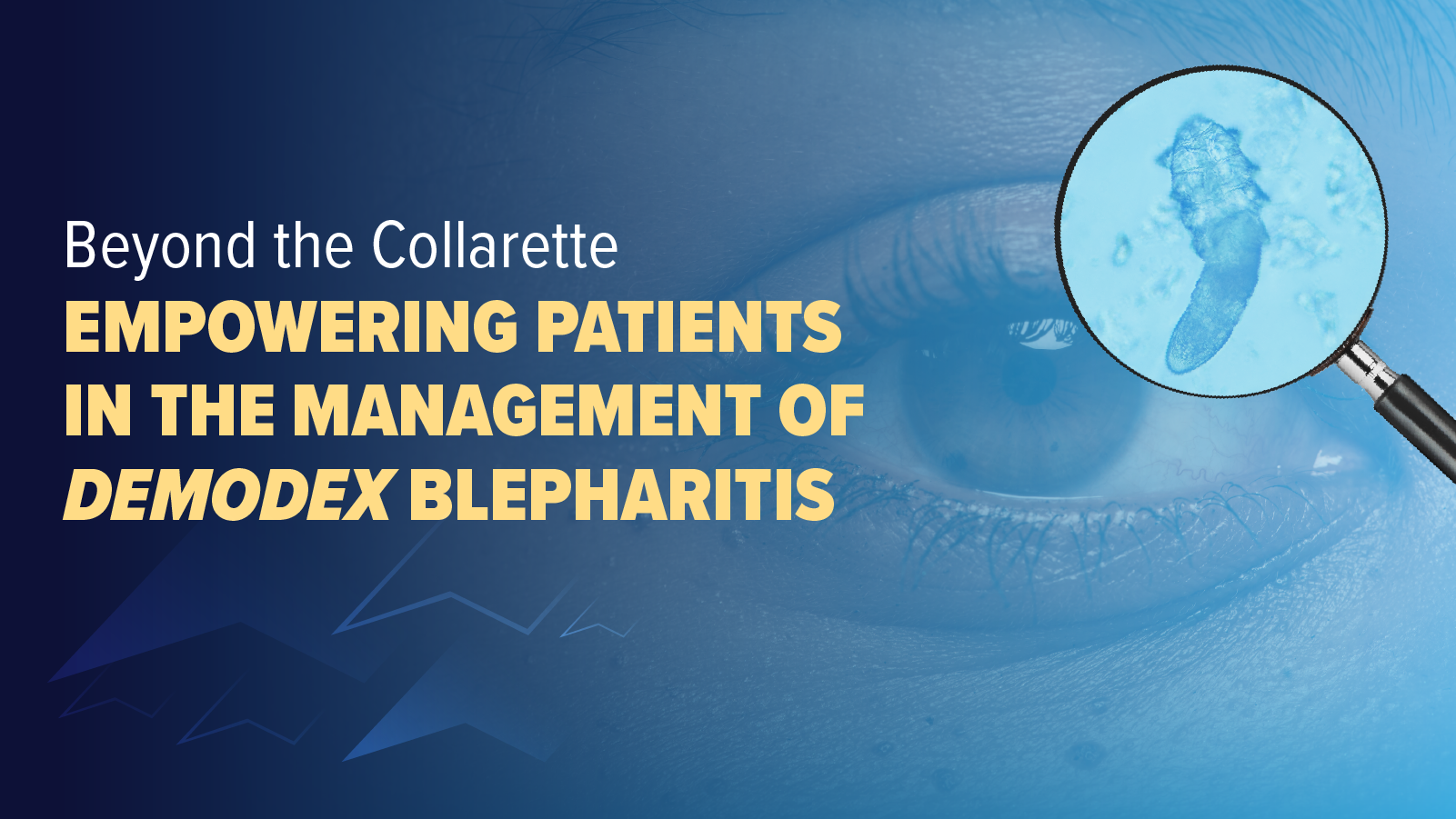
Burden of Moderate to Severe Atopic Dermatitis Weighs Heavily on Children and Adolescents: Real-World Analysis
The burden of disease was particularly pronounced among adolescents, including significantly greater impact on quality of life and psychosocial interaction.
Moderate to severe atopic dermatitis (AD) levies a significant burden on children and adolescents that comprises physical, emotional, and social domains according to a new cross-sectional survey involving 772 participants across 6 countries. Researchers found that more than half of the affected children had at least 1 type II inflammatory comorbidity, that adolescents were more severely affected than younger children, and the majority reported quality of life impairments due to AD symptoms including intense itch, sleep disturbances, and social discomfort.
According to the Eczema Council, approximately 20% of children develop AD and for 60% of them, the condition continues into adolescence.
The study, published in Pediatric Dermatology, analyzed real-world outcomes from February to June 2019 across the United States, United Kingdom, France, Germany, Italy, and Spain as part of the Adelphi Real World Pediatric and Adolescent AD Disease Specific Programme. The study included physicians, patients, and/or their caregivers. Physicians completed record forms for their next 6 to 8 consecutive patients under age 18 with AD at the point of the most recent consultation, while patients and/or caregivers provided self-assessments. Caregivers responded for children aged 0 to 11 years and adolescents completed their own forms.
Among the 772 patients/caregivers surveyed, 393 were aged 0 to 11 years and 379 were aged 12 to 17 years. The participating physicians (n=200) included dermatologists, pediatricians, allergists, and primary care providers.
Researchers, led by Lawrence Eichenfield, MD, professor of dermatology and pediatrics and vice-chair of the department of dermatology at UC San Diego School of Medicine, reported moderate disease in 57.1% of patients based on the Investigator’s Global Assessment and severe disease among 32.5%. The researchers also reported that the rate of severe disease was higher among adolescents (36.9%) compared to younger children (28.2%).
The average Eczema Area and Severity Index score across the 2 age groups was 14.2, and mean body surface area involvement was 24.0%, with no significant age-related differences. At the time of consultation, more than one-third (35.6%) of participants were experiencing an active flare, and nearly 60% had reported at least one flare in the past year. Patients who tracked flares reported an average of 3.1 flares per year.
Supporting previous findings, Eichenfield et al found that comorbidities were common: 51.9% of participants had at least one type II inflammatory condition, a finding with significantly higher prevalence among adolescents (58.9%) compared to younger children (44.9%; P <.001). Symptoms such as intense itch, emotional distress (including anxiety), sleep disturbances, difficulty with social interactions, and academic disruptions were reported across both age groups. Perhaps not surprising, adolescents reported a significantly higher burden of embarrassment/self consciousness (P <.001) and AD impact on friendships (P <.05).
Quality of life assessments using the Children’s Dermatology Life Quality Index (CDLQI) reflected substantial impairments, especially among adolescents. Though exact CDLQI scores were not detailed, the overall assessment indicated a significant impact on psychosocial and functional aspects of daily living, according to the study.
Eichenfield and colleagues found that the majority of study participants were prescribed topical corticosteroids. Among pediatric participants, bleach baths and wet wraps were more common and they were less likely to be on a prescribed treatment, a finding the authors noted that may suggest general undertreatment of pediatric patients, particularly as inclusion criteria for the study was moderate-to-severe AD. Although use was not widespread in either age group, systemic corticosteroids and immunosuppressants, and phototherapy were more likely to be used among the adolescent population.
Among the study's limitations, the authors acknowledged the cross-sectional design, limiting the generalizability of the findings, the use of subjective rather than standardized severity assessments, and potential selection bias due to voluntary participation.
They emphasized the importance of addressing disease burden in clinical decision-making for patients with AD aged 18 and younger, and also the importance of "improved treatment options for both pediatric and adolescent patients with moderate-to-severe AD, given the evolving treatment landscape."
Eichenfield LF, Shi VY, Yu J, et al. Patient-reported impact of atopic dermatitis on pediatric and adolescent patients with moderate-to-severe disease: results of a real-world, cross-sectional survey. Pediatr Dermatol. Published online April 20, 2025.
Newsletter
Enhance your clinical practice with the Patient Care newsletter, offering the latest evidence-based guidelines, diagnostic insights, and treatment strategies for primary care physicians.

















































































































































































































































































